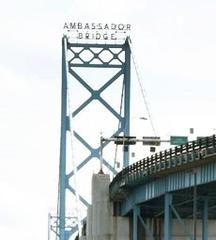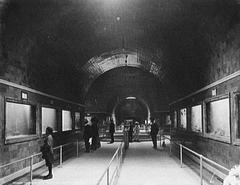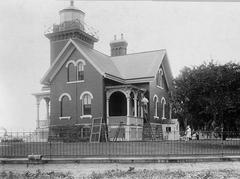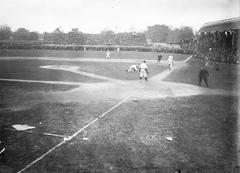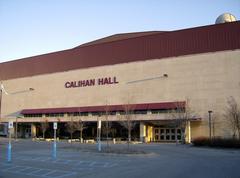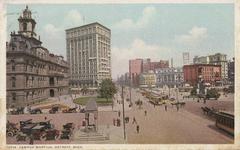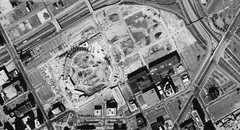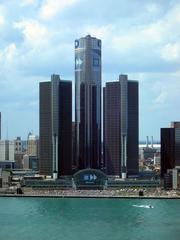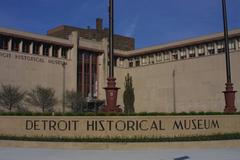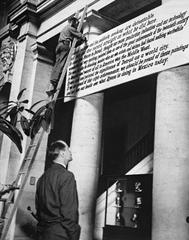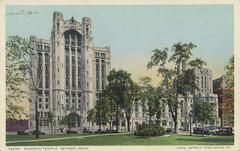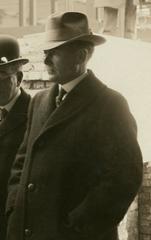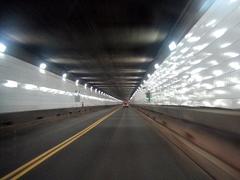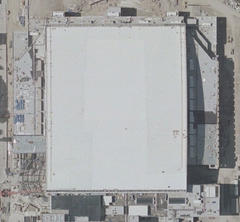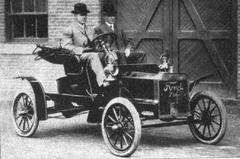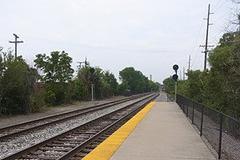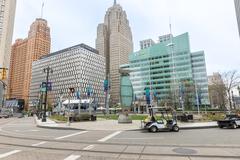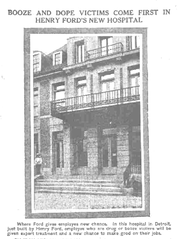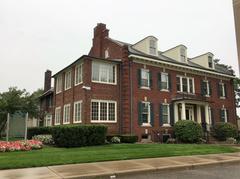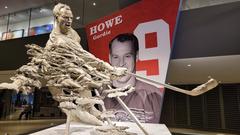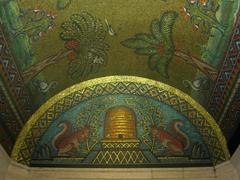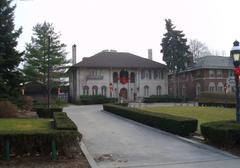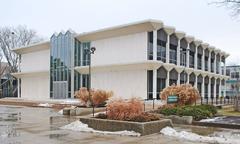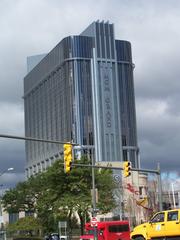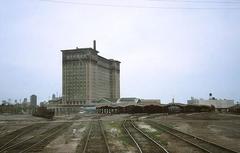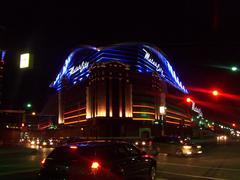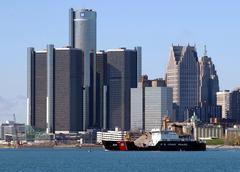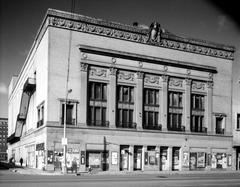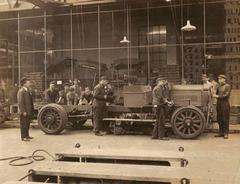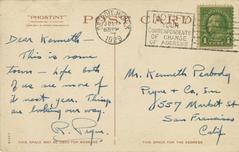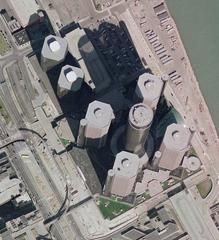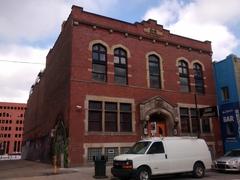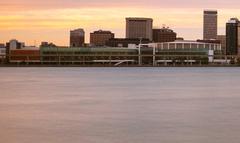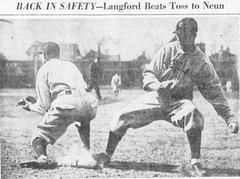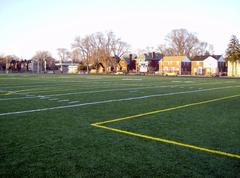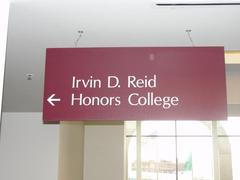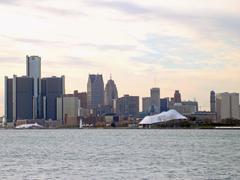
Visiting The Leland Hotel Detroit: Hours, Tickets, and Historical Attractions
Date: 04/07/2025
Introduction: History and Significance of The Leland Hotel Detroit
Nestled in downtown Detroit, The Leland Hotel stands as a testament to Detroit’s architectural splendor and vibrant cultural legacy. Built in 1927 during the city’s automotive boom, this 22-story Renaissance Revival and Beaux-Arts landmark was designed by the renowned firm Rapp & Rapp. Initially opened as a luxury hotel for business travelers and the city’s elite, The Leland quickly became a focal point for Detroit’s social, political, and cultural life, hosting prominent figures and historic events that have helped shape the city’s narrative.
Today, The Leland Hotel is a dynamic mixed-use building featuring residential apartments, hotel accommodations, and event spaces—including the iconic Leland City Club nightclub. Its grand marble lobby, intricate plasterwork, and towering windows offer a glimpse into Detroit’s past, while ongoing revitalization projects ensure its continued relevance. This guide provides practical information on visiting The Leland Hotel, including hours, ticketing, accessibility, amenities, and nearby attractions, along with an exploration of its architectural and cultural importance.
For detailed visitor information and event schedules, visit the official Leland Hotel website. Further details on the hotel’s architectural heritage are available through Historic Detroit, and its status as a historic landmark is documented by the National Register of Historic Places. Enhance your Detroit experience by exploring other city landmarks like the Guardian Building and the Detroit Opera House.
Table of Contents
- Early Development and Founding (1927–1930s)
- Architectural Significance and Features
- The Leland in Detroit’s Social and Cultural Life
- Mid-Century Changes and Challenges (1950s–1970s)
- The Leland’s Role in Detroit’s Nightlife and Counterculture
- Preservation Efforts and Recent History (1980s–2020s)
- Visiting the Leland Hotel: Hours, Tickets, and Tips
- Architectural Design and Style
- Notable Architectural Features for Visitors
- Nearby Attractions and Travel Tips
- Notable Events and Legacy
- Frequently Asked Questions (FAQ)
- Visuals and Media
- Conclusion
Early Development and Founding (1927–1930s)
The Leland Hotel opened its doors in 1927, reflecting Detroit’s prosperity during its industrial peak. Strategically located at 400 Bagley Street, it was conceived as a premier luxury destination for business travelers, tourists, and Detroit’s upper class. The hotel’s proximity to major theaters, shopping districts, and transportation hubs contributed to its rapid success, with elegant ballrooms, fine dining, and modern conveniences distinguishing it from other establishments.
Architectural Significance and Features
An exemplar of Renaissance Revival architecture, The Leland features a steel-frame structure clad in brick and terra cotta with symmetrical facades, decorative pilasters, and signature arched windows. The grand marble lobby is adorned with crystal chandeliers and intricate plaster ceilings, conveying a sense of opulence and sophistication. The rooftop ballroom, offering sweeping views of the Detroit skyline, remains a coveted venue for events.
The Leland in Detroit’s Social and Cultural Life
Throughout the 1930s and 1940s, The Leland served as a central hub for Detroit’s social scene, hosting political gatherings, charity balls, high-profile business conventions, and celebrity performances. Its dining rooms and bars attracted a diverse clientele, further cementing its reputation as a cornerstone of Detroit’s hospitality landscape.
Mid-Century Changes and Challenges (1950s–1970s)
Following World War II, The Leland faced new challenges as suburbanization and competition from modern hotels eroded its dominance. Despite declining occupancy, the hotel underwent several renovations, updating guest rooms and dining facilities in an effort to remain competitive. The city’s broader economic struggles, however, limited its ability to reclaim its former luxury status.
The Leland’s Role in Detroit’s Nightlife and Counterculture
Beginning in the 1970s, The Leland reinvented itself as a center for Detroit’s nightlife and alternative culture. The basement City Club became a magnet for music lovers and artists, hosting dance parties and live performances that brought new life to the historic venue and attracted a diverse, eclectic crowd.
Preservation Efforts and Recent History (1980s–2020s)
Recognized as one of Detroit’s longstanding hotels, The Leland was listed on the National Register of Historic Places (National Register of Historic Places). Preservationists have worked to restore its unique architectural details and revitalize guest accommodations and public spaces, balancing historic authenticity with modern comfort. The hotel now operates as a mixed-use property, offering both short-term stays and long-term apartments.
Visiting The Leland Hotel: Hours, Tickets, and Tips
Visiting Hours:
- Lobby and Public Spaces: Open daily from 7:00 AM to 11:00 PM
- Leland City Club Nightclub: Thursday–Saturday, 9:00 PM to 3:00 AM
- Café/Diner: Daily from 6:30 AM to 2:00 AM
Tickets and Booking:
No ticket is needed to visit the lobby, café, or street-level spaces. Nightclub entry may require a cover charge on event nights. Hotel rooms can be booked through the official website or major travel platforms.
Accessibility:
The Leland is wheelchair accessible, with ramps, elevators, and accessible rooms. Contact the hotel for specific needs.
Guided Tours and Photography:
Guided tours are not offered regularly, but may be available during special events or by appointment. Photography is typically permitted in public areas.
Nearby Attractions:
Within walking distance are the Guardian Building, Detroit Opera House, Fox Theatre, Comerica Park, and the Detroit Riverwalk.
Architectural Design and Style
Beaux-Arts and Italian Renaissance Influences
Designed by Rapp & Rapp, The Leland combines Beaux-Arts planning with Italian Renaissance flourishes. Its tripartite structure—base, shaft, and attic—maximizes natural light and ventilation. Rich terra cotta ornamentation, granite bases, and distinctive arched windows define the building’s exterior.
Facade and Ornamentation
The facades along Bagley and Cass Avenues are especially notable for their detailed terra cotta work, pilasters, and cornices. The two-story arched windows flood the lobby with light, enhancing the sense of grandeur.
Interior Spaces and Decorative Elements
Inside, visitors are greeted by a coffered ceiling, marble floors, and period lighting. The former ballroom, now the City Club, features murals and decorative elements inspired by classical motifs.
Notable Architectural Features for Visitors
- Grand Arched Windows: A defining feature, visible from both inside and out.
- Terra Cotta Detailing: Look for intricate work on the building’s base and attic.
- Opulent Lobby and Ballroom: Experience both the preserved lobby and the transformed City Club space.
- Street-Level Retail: A variety of shops animate the building’s ground floor.
Nearby Attractions and Travel Tips
- Landmarks: Guardian Building, Detroit Opera House, Fox Theatre, Comerica Park, Grand Circus Park.
- Getting There: Accessible by car, Detroit People Mover, QLINE, and local buses. On-site and nearby parking options are available.
- Travel Tip: Use public transit or rideshare services during busy event nights for convenience.
Notable Events and Legacy
The Leland has hosted countless significant events, from political gatherings to legendary parties and performances. Its legacy is one of resilience and adaptation, reflecting Detroit’s broader narrative of innovation and renewal.
Visuals and Media
- View high-quality images on the Historic Detroit Leland Hotel page.
- For virtual tours and the latest event schedules, consult the official website.
- Suggested alt text for images: “Leland Hotel Detroit historic lobby,” “Rooftop ballroom views of Detroit skyline.”
Frequently Asked Questions (FAQ)
Q: What are The Leland Hotel’s visiting hours?
A: The lobby and public spaces are open 7:00 AM to 11:00 PM daily; the nightclub operates Thursday–Saturday nights.
Q: Is there an entrance fee or ticket required?
A: No ticket is required for general entry. The City Club nightclub may charge a cover on event nights.
Q: Does The Leland Hotel offer guided tours?
A: Tours are not regularly scheduled but may be available during special events or by appointment.
Q: Is the hotel accessible for guests with disabilities?
A: Yes, ramps, elevators, and accessible rooms are available.
Q: Are pets allowed?
A: Yes, with certain restrictions and possible fees. Contact the hotel for details.
Q: What attractions are nearby?
A: Guardian Building, Detroit Opera House, Fox Theatre, Comerica Park, and more.
Conclusion
The Leland Hotel stands as a vibrant symbol of Detroit’s architectural innovation and cultural resilience. Its distinctive design, storied social history, and ongoing preservation make it a must-visit for anyone exploring Detroit’s urban core. Whether you’re attending a music event, admiring historic architecture, or experiencing the city’s nightlife, The Leland offers an authentic window into Detroit’s past and present.
For up-to-date hours, booking information, and event schedules, visit the official Leland Hotel website and related resources such as Historic Detroit. Discover more of Detroit’s rich heritage by planning visits to nearby landmarks like the Guardian Building and Detroit Opera House.
Download the Audiala app for curated travel guides and follow us on social media for the latest updates on Detroit’s historic landmarks and events.
References
- The Leland Hotel Detroit: History, Visiting Hours, Tickets & More, 2025, Unknown Author
- Leland Hotel Detroit: Visiting Hours, Tickets, and Architectural Highlights of a Historic Detroit Landmark, 2025, Unknown Author
- Visiting The Leland Hotel Detroit: Hours, Amenities, Nightlife & Historical Significance, 2025, Unknown Author
- Guardian Building, 2025, Unknown Author
- Detroit Opera House, 2025, Michigan Opera Theatre

